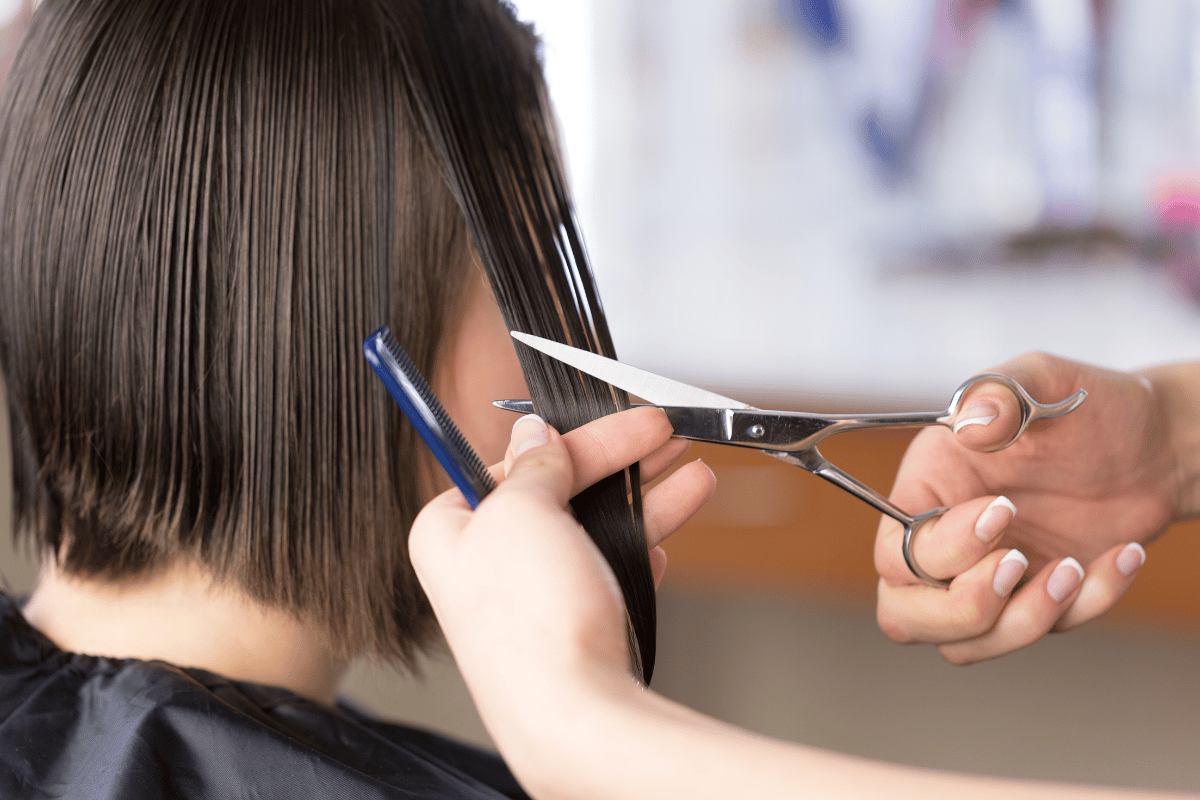
Question: How much do you spend on your hair appointment? Chances are, it'll be at the very least around the $100 mark for a chop. If you get colouring, hair treatments or added styling on top, you're probably looking at forking out a good bit more.
In fact, when we recently asked the Mamamia team how much their last hair appointment was — the responses ranged between $135 to $960. Which is, well... a lot.
The fact is, hair can be expensive — and more often than not, women usually pay more than men. Which begs the question, is gender-based pricing a thing? Are women unfairly coughing up more for their hair appointments?
According to a group of Belgian hairdressers, in 2024, pricing should be based on time — not gender.
Watch: Hairdresser talk, translated. Post continues below.
As per The Project, Charles-Antoine Huybrechts, a spokesperson for the Belgian hairdressing federation Febelhair, told Belgian radio that members were being advised to charge €1.30 per minute "to ensure profitability," adding "a distinction between prices for men and women should no longer persist in 2024."
In fact, it's a practice that's already been adopted by many hairdressers in Belgium, with salons charging individuals the same amount for the same service regardless of their gender. While the hairdressing federation cannot enforce gender-neutral pricing as a rule, they have encouraged their members to take a similar approach.
Top Comments